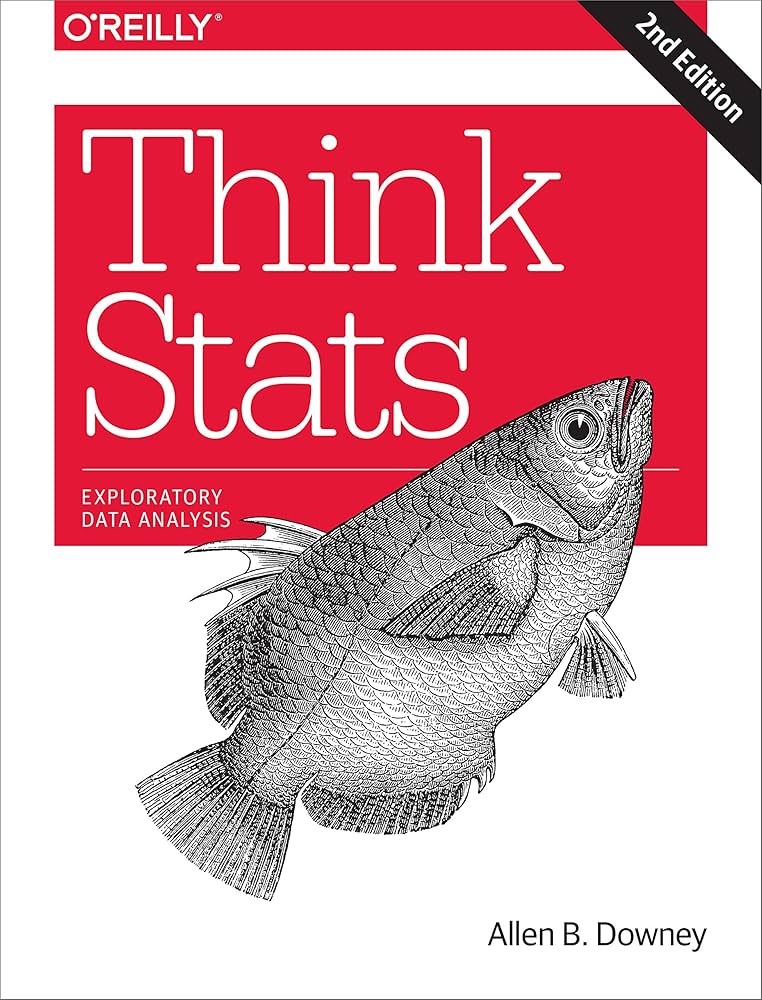Don't know what a P-VALUE is?
Don't know why P-VALUES work?
Don't know why sometimes P-VALUES don't work?
THIS IS THE THREAD FOR YOU. 🧵
Don't know why P-VALUES work?
Don't know why sometimes P-VALUES don't work?
THIS IS THE THREAD FOR YOU. 🧵
DEFINITION OF A P-VALUE. Assume your theory is false. The P-VALUE is the probability of getting an outcome as extreme or even more extreme than what you got in your experiment.
THE LOGIC OF THE P-VALUE. Assume my theory is false. The probability of getting extreme results should be very small but I got an extreme result in my experiment. Therefore, I conclude that this is strong evidence that my theory is true. That's the logic of the p-value.
THE P-VALUE IS REASONABLE IN THEORY BUT TRICKY IN PRACTICE. In my opinion, the p-value is just a mathematical version of the way humans think. If we see something that seems unlikely given our beliefs, we often doubt those beliefs. In practice, the p-value can be tricky to use.
THE P-VALUE REQUIRES A GOOD DEFINITION OF WHEN YOUR THEORY IS FALSE. There are usually an infinite number of ways to define a world where your theory is false. P-values often fail when people use overly simplistic mathematical models of the processes that created their data.
If the mismatch between their mathematical models of the world and the actual world is too large then the probabilities we compute can become completely disconnected from reality.
THE P-VALUE MAY REQUIRE AN ACCURATE MODEL OF YOU (THE OBSERVER). The probability of getting the result you got depends on many things. If you sometimes do things like throw out data or repeat measurements then you're part of the system.
Your behavior affects the probability of getting your experimental results. Therefore, to be completely realistic, you need to have an ACCURATE model of your own behavior when you gather and analyze data. This is hard and a big part of why the p-value often fails as a tool.
BY DEFINITION, P-VALUES MUST SOMETIMES BE WRONG. When using p-values, we're working off of probabilities. By logic of the p-value itself, even with perfect use, some of your decisions will be wrong. You have to embrace this if you're going to use the p-values.
Badly defining what it means for your model to be false. Inaccurately modeling the chances of getting your data including your own behaviors. Not treating a p-value as a decision rule that can sometimes be wrong. These factors all contribute to misuse of the p-value in practice.
Hope this cleared some things up for you. Thanks for coming to my p-value TED talk!
• • •
Missing some Tweet in this thread? You can try to
force a refresh








